Venus Flytrap dormancy requirements
Venus flytraps, like many plants, undergo a period of dormancy during the winter months. This is a natural process that allows the plant to conserve energy and prepare for new growth in the spring. If you’re keeping a Venus flytrap in captivity, it’s important to provide the right conditions for it to go dormant, as this will help it stay healthy and vigorous.
Here’s what you need to know about Venus flytrap dormancy requirements in captivity:
- Temperature: Venus flytraps require a drop in temperature to trigger dormancy. During the winter months, it’s best to keep the plant in a location where the temperature stays between 35 and 50 degrees Fahrenheit (1.5 to 10 degrees Celsius).
- Light: During dormancy, Venus flytraps need less light than they do during the growing season. A sunny windowsill may provide too much light, so it’s best to move the plant to a location with indirect sunlight or a location where it receives only a few hours of direct sunlight per day.
- Water: During dormancy, Venus flytraps need less water than they do during the growing season. The soil should be kept slightly moist, but not waterlogged. If the soil dries out completely, the plant may die.
- Fertilizer: Do not fertilize Venus flytraps during dormancy. They don’t need the extra nutrients, and fertilizer can actually harm the plant during this period.
- Rest: Finally, it’s important to let the Venus flytrap rest during dormancy. Avoid handling or disturbing the plant, as this can cause stress and disrupt the natural dormancy process.
In summary, Venus flytraps require a drop in temperature, less light, and less water during dormancy. They should not be fertilized during this period, and it’s important to avoid handling or disturbing the plant. Providing the right conditions for dormancy will help ensure that the plant stays healthy and vigorous.

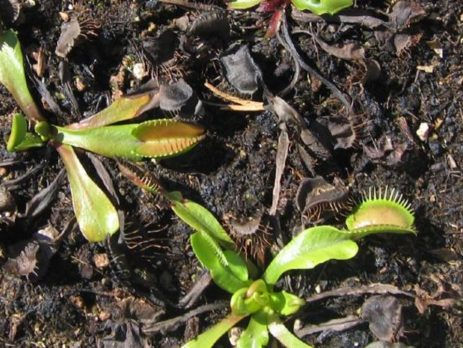
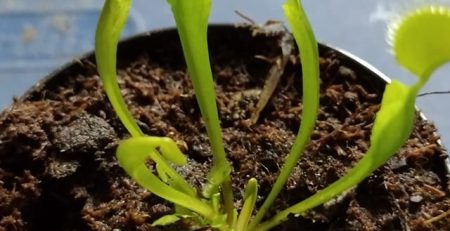
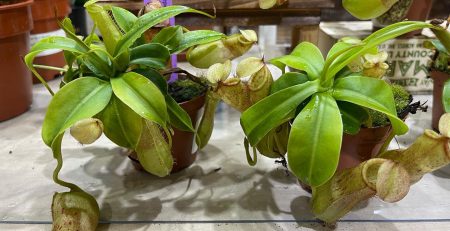
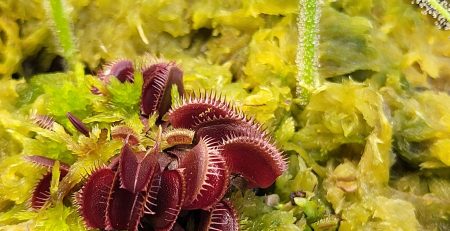
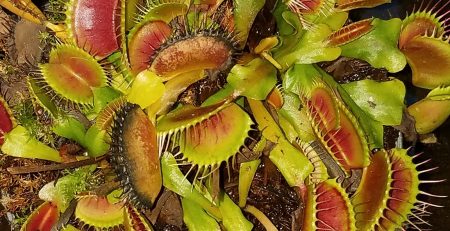
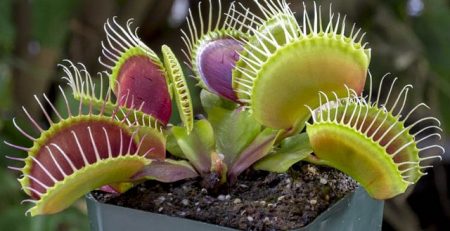
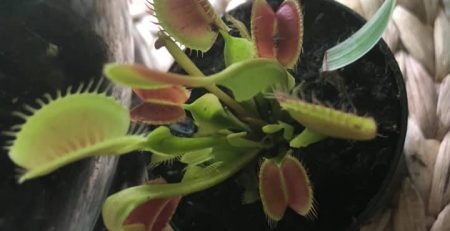
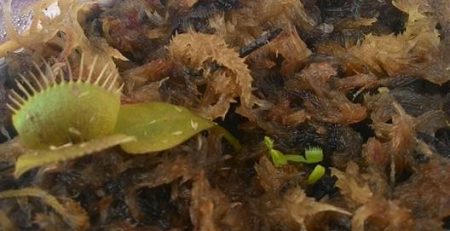
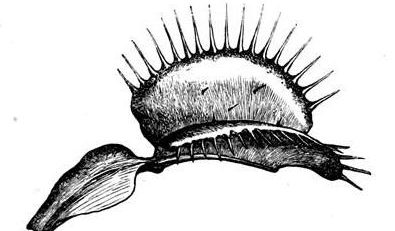
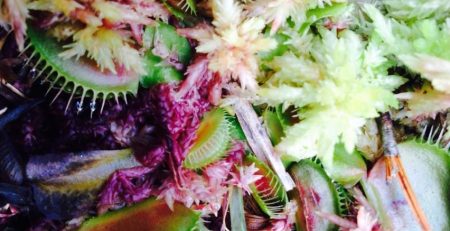
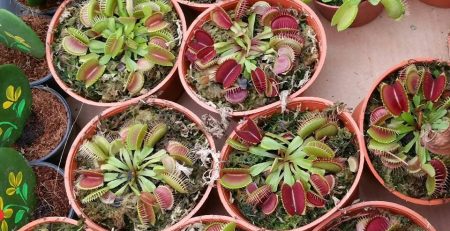
Leave a Reply
You must be logged in to post a comment.